The Volkskrant Building: Manufacturing Difference in AmsterdamsCreative City
The Volkskrant Building: Manufacturing Difference in Amsterdams Creative City
The Volkskrant building more than any other place exemplifies Amsterdams transformation into a creative city over the past fifteen years. Boukje Cnossen and Sebastian Olma trace the history of this infamous and inspiring place from its deep roots in the squatting heyday of the eighties to its present renaissance as the Volkshotel. The focus of their entertaining yet rigorous analysis is the period from 2007 to 2014 when the Volkskrant building hosted an art factory (broedplaats) run by the former squatters collective Urban Resort.
Artists, activists, city officials, entrepreneurs, and property developers share their stories of the good times and the struggles in and around the Volkskrant building. How did a group of former squatters turn it into a place for both creative entrepreneurship and subversion? And how could it happen that this countercultural project ended up attracting the attention of one of the largest property investors in the Netherlands?
This detailed inquiry into the practices and interests shaping the epicenter of Amsterdam's creative scene provides a look behind the shiny faade of creative city policy. The authors show how the Volkskrant building came to be more than a space for creativity alone, as it opened up the possibility for a new infrastructure of citizenship.
Boukje Cnossen is an academic researcher and art critic interested in the organization and spatial politics of artistic production. She holds a Master of Research in Humanities & Cultural Studies from the London Consortium (Birkbeck College, University of London) and pursues a PhD at the Faculty of Economics & Management of Tilburg University. Her reviews, feature articles, and essays have appeared in various publications, from Dutch dailies NRC Handelsblad and Het Parool, to (art) magazines such as De Gids and Metropolis M.
Sebastian Olma is an author, researcher and critic working at the interface between creativity and business. He was trained in Political Science, Organization Studies and Cultural Philosophy in Leipzig, New York and London. As director of Amsterdams Serendipity Lab he advises governments and organizations on the creation and implementation of policies around the creative economy. For the University of Amsterdam he has built the Creative Industries Research Centre (CIRCA). He currently is a senior research fellow at the Institute of Network Cultures.
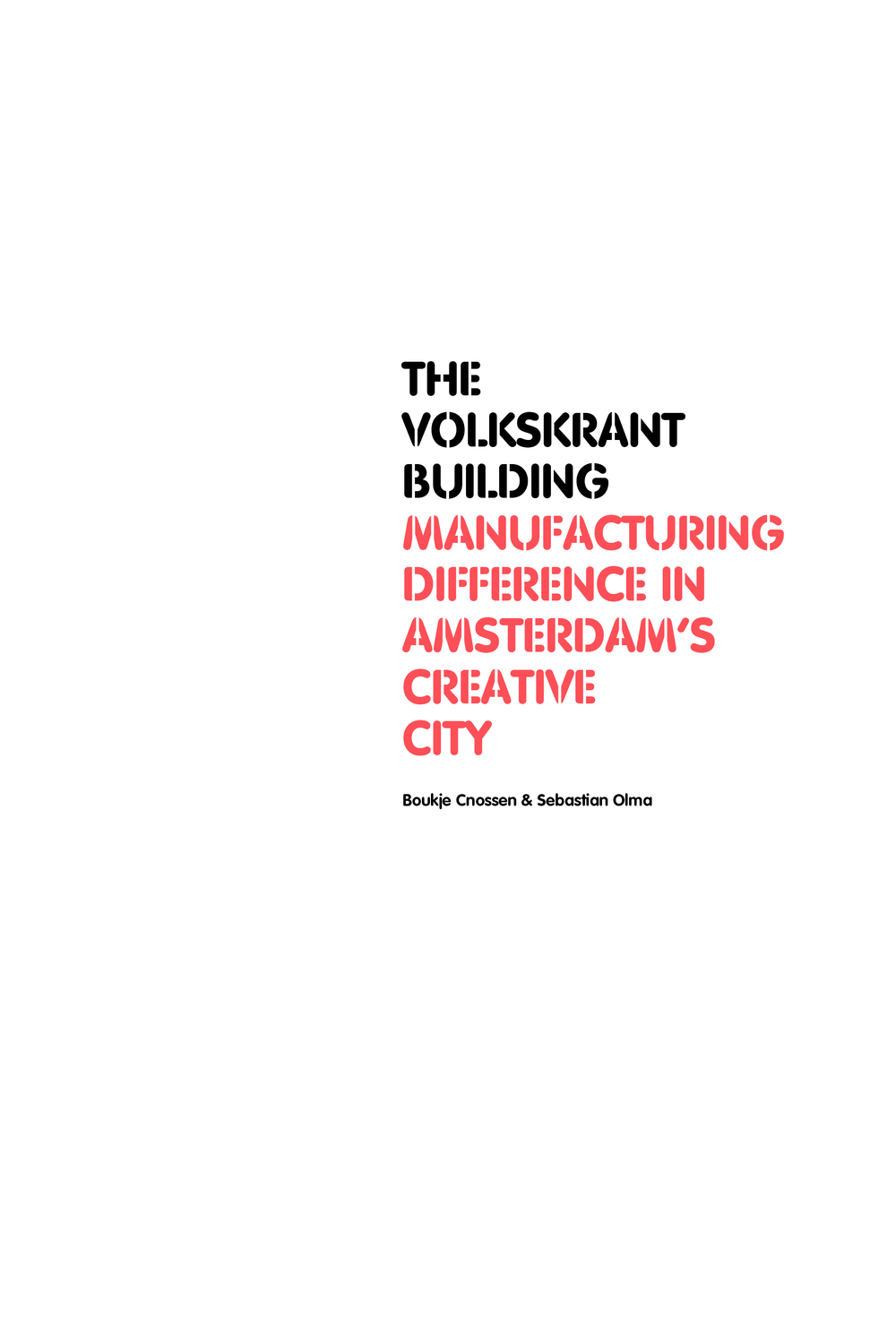
Colophon
Boukje Cnossen and Sebastian Olma
The Volkskrant Building: Manufacturing Difference in Amsterdams Creative City
Production Miriam Rasch
Design UNDOG, Amsterdam
EPUB development Andr Castro
Copy-editor Margarita Osipian
Printer Offsetdrukkerij Nuance
Publisher Amsterdam Creative Industries Publishing, Rose Leighton
Supported by Amsterdam University of Applied Sciences (Hogeschool van Amsterdam), Stichting Urban Resort, University of Amsterdam, Bureau Broedplaatsen (Municipality of Amsterdam), Institute of Network Cultures.
Cover image A door of one of the studios in the art factory. Picture by Tanja Sihvonen.
Photography Bambos Demetriou, Raymond van Mil, Tanja Sihvonen.
Contact Amsterdam Creative Industries Publishing, www.amsterdamcreativeindustries.com
EPUB and PDF editions of this publication are freely downloadable from our website.
This publication is licensed under Creative Commons Attribution-NonCommercial-ShareAlike 4.0 International (CC BY-NC-SA 4.0). To view a copy of this license, visit creativecommons.org/licenses/by-nc-sa/4.0/
Amsterdam, November 2014
ISBN 978-94-92171-00-9 (print)
ISBN 978-94-92171-01-6 (EPUB)




Contents
Acknowledgements

Announcement warning against theft in one of the hallways of the buildings. Photographer: Tanja Sihvonen.
First and foremost we would like to thank Urban Resort for their support in realizing this book. It was a great joy working with them. Our special thanks go to the people of the Volkskrant building; all the tenants but also those running Canvas and the Volkshotel. Without their willingness to participate in our research, this book would have been impossible. Bureau Broedplaatsen has kindly contributed to the publication process and we are very grateful for this. We would also like to thank the Faculty of the Humanities at the University of Amsterdam, in particular CIRCA, for financing and facilitating the majority of the research for this book. For the production and publication of the book we are greatly indebted to the Amsterdam University of Applied Sciences, in particular to Miriam Rasch of the Institute of Network Cultures whose professional support, enthusiasm and encouragement were absolutely vital for making this book happen. Thanks to Margarita Osipian for proofing the text and to the Industries Publishing division of the Amsterdam Creative Industries Network for their brilliant support and speed in turning our manuscript into a publication.
Introduction: A Story of Transformation

The entrance to the fifth floor of the art factory in the former Volkskrant building, built and painted by the tenants of this floor. Photographer: Tanja Sihvonen.
This book tells the story of the Volkskrant building and how it became an art factory'. Art factory is a slightly inspired translation of the Dutch term broedplaats (literally: breeding place). It refers to a subsidized space for creative production. In the case of the Volkskrant building, however, the term art factory pretty much nailed it. In the six years of its existence, the building hosted many, by now well-known, manufacturers of art, such as the world-travelling DJ Tom Trago, the internationally exhibited artist Wayne Horse, and the successful hip hop label Killing Skills. It was also a place where some of Amsterdam's greatest art and music festivals were produced, such as the Burning Man-inspired Magneetfestival, performance festival De Parade, the Klik Animation Festival, and hip hop festival Appelsap. But most importantly, it was the place to be in Amsterdam for anyone who wanted to tune into the beat of art and subculture.



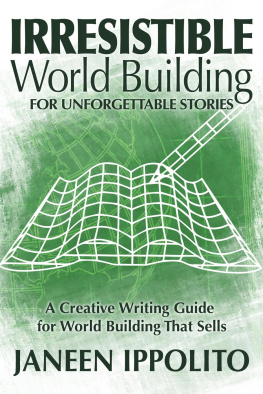
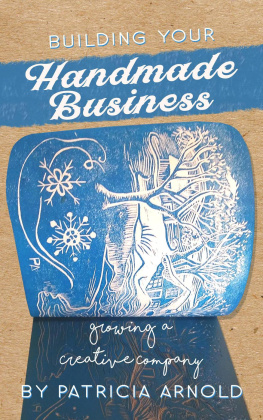
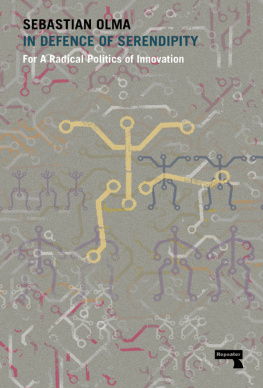
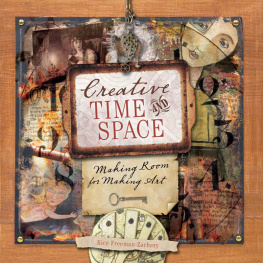
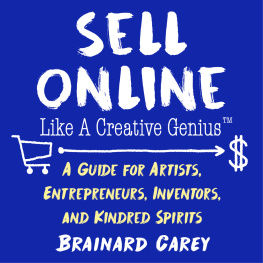
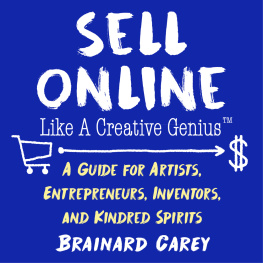
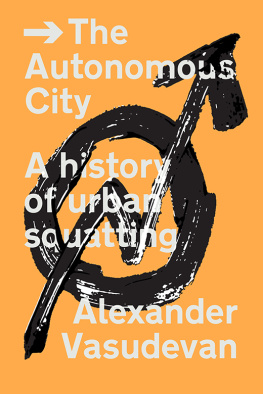







 Announcement warning against theft in one of the hallways of the buildings. Photographer: Tanja Sihvonen.
Announcement warning against theft in one of the hallways of the buildings. Photographer: Tanja Sihvonen.  The entrance to the fifth floor of the art factory in the former Volkskrant building, built and painted by the tenants of this floor. Photographer: Tanja Sihvonen.
The entrance to the fifth floor of the art factory in the former Volkskrant building, built and painted by the tenants of this floor. Photographer: Tanja Sihvonen.